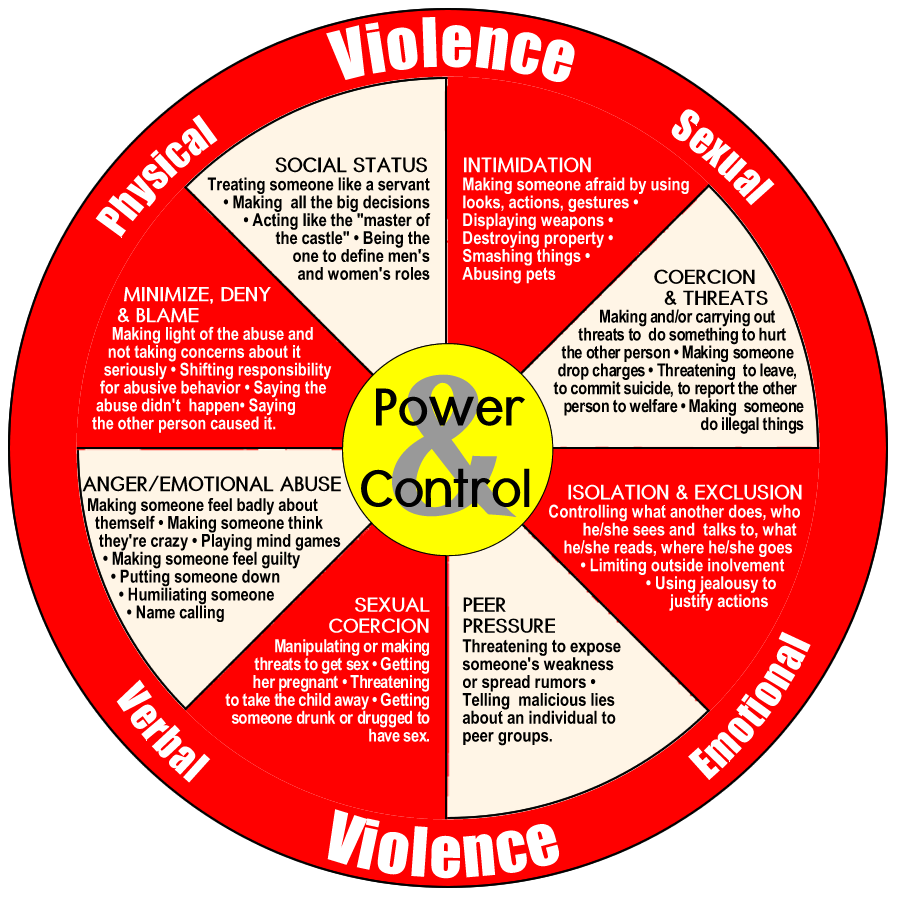- Our Schedule
- Join The Fun!
- Our Activities
- Tiny Tigers (Ages 4+)
- Taekwondo (Pre-/Teens)
- Yongmudo (Teens/Adults)
- Self-Defense
ACTIVITIES OVERVIEW
PHYSICAL ABUSE. Any intentional use of physical force with the intent to cause fear or injury like hitting, shoving, biting, strangling, kicking or using a weapon.
VERBAL / EMOTIONAL ABUSE. Non-physical behaviors such as threats, insults, constant monitoring, humiliation, intimidation, isolation or stalking.
SEXUAL ABUSE. Any action that impacts a person’s ability to control their sexual activity or the circumstances in which sexual activity occurs, including rape, coercion or restricting access to birth control.
DIGITAL ABUSE. Use of technologies and/or social media networking to intimidate, harass or threaten a current or ex-dating partner. This could include demanding passwords, checking cell phones, cyber bullying, sexting, excessive or threatening texts or stalking on Facebook or other social media.
How does an abuser gain and maintain control of another person? They use physical, verbal, sexual, and emotional violence over and over again.
Violence Wheel: Teen Dating Violence
This chart is a way of looking at the behaviors abusers use to get and keep control in their relationships. Battering is a choice. It is used to gain power and control over another person. Physical abuse is only one part of a system of abusive behaviors.

Check This Out. Here's an interactive violence wheel that may help in understanding this power and control pattern of abuse.
More Information. For a comprehensive description of wheel models, the history of how they were developed, and why they’re used, visit “The Deluth Model” website:
The 3 T's of Sexual Assault is the basic plan of the attacker: Target, Test, Trick.
| The Attacker’s Plan | ||
|---|---|---|
| Stage | Characteristics | Defense Strategy |
| 1.Target | Selection process: Who looks and acts like a “victim”? Predators look for targets that appear weak, distracted, and vulnerable (Vogt, 7). (See, “Cues for Assessment: Body Language”) | Prevent successful targeting: head up, eyes open. Be Aware: look around, pay attention. Project Confidence. |
| 2. Test | Can also be considered an “interview” (Vogt, 38). The test is a verbal and psychological interaction (conversation) meant to assert dominance; friendly, impersonal; minutes to hours; “threats and intimidation are common during this stage as assailants test their victims for compliance and submissiveness” (Nelson: 14). | Interrupt the process of dominance immediately by leaving the vicinity (retreat/avoidance); and/or assertive language and verbal commands; and/or yelling, and/or a strong, clear physical response. |
| 3. Trick | Physical aggression (if test phase not interrupted) | Respond quickly and with certainty. A key factor to deter an unarmed sexual assailant is immediate and firm resistance (confrontation). |
| Source: Nelson, 14 | ||